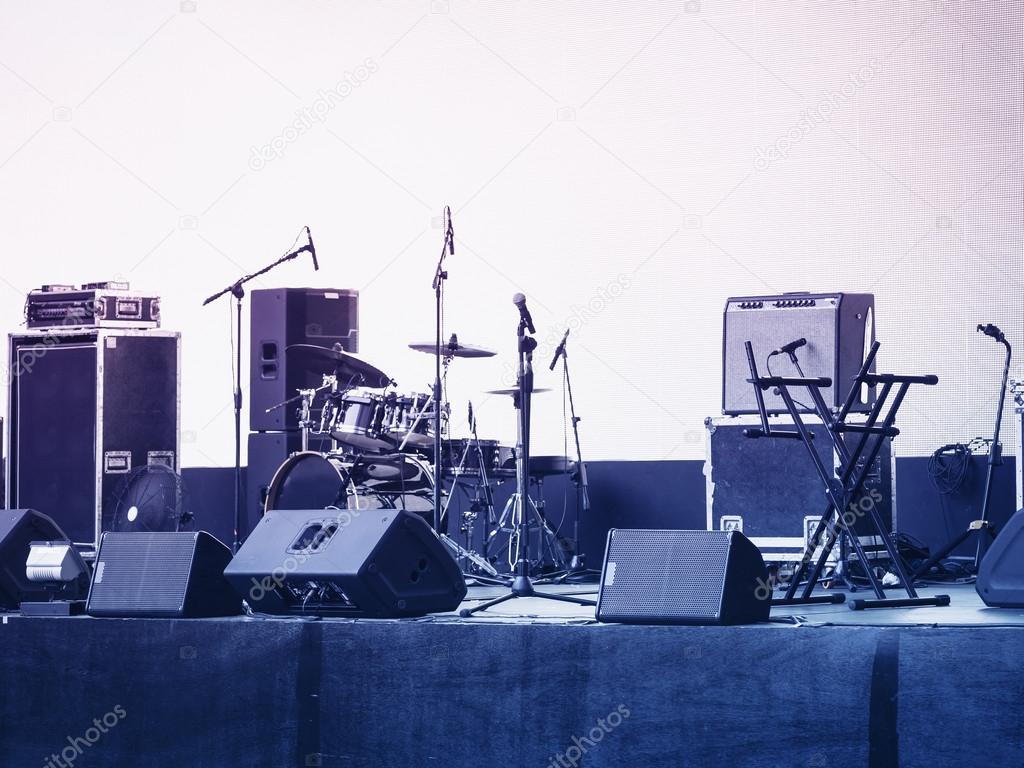Traveling opens up new horizons, offering endless inspiration for creatives and musicians alike. The allure of new landscapes, cultures, and experiences can fuel your artistic drive, but the challenge of maintaining a consistent creative practice while on the move can be daunting. In this post, we’ll explore effective strategies for writing music while traveling, ensuring that you can capture the magic of your journeys without missing a beat.
Embrace Your New Environment
Finding Inspiration in Your Surroundings
Traveling exposes you to diverse cultures, landscapes, and sounds. Each destination has its unique rhythm and melody, waiting to be discovered and incorporated into your music. Spend time immersing yourself in the local scene—listen to street performers, attend live music events, and absorb the ambient sounds of your surroundings. These experiences can offer fresh perspectives and ideas that can be woven into your compositions.
Adapting to New Creative Spaces
The change in environment can significantly affect your creative process. Whether you’re composing in a bustling café, a quiet hotel room, or under the shade of a tree, each space offers unique advantages. Experiment with different settings to see what stimulates your creativity. Portable recording equipment can be invaluable, allowing you to capture ideas whenever inspiration strikes, regardless of your location. It is important to have everything yo need with you so pack a large suitcase for your trip. You can also get speaker amp suitcases from suitcasesireland.ie so you don’t have to carry your speaker seperately.
Incorporating Local Instruments and Styles
Exploring local music traditions and instruments can add a new dimension to your work. Try incorporating local musical styles or learning to play a traditional instrument. This not only enriches your musical vocabulary but also pays homage to the cultures that inspire you. Collaborating with local musicians can also provide insights into their music-making process, offering valuable lessons and new techniques.
Stay Organized and Motivated
Setting Realistic Goals
Traveling can be unpredictable, with plans changing at a moment’s notice. Setting flexible, realistic goals for your music writing can help you stay focused while accommodating the fluid nature of travel. Whether it’s dedicating a specific time each day to your craft or setting a goal to complete a song by the end of your trip, clear objectives can keep you on track.
Creating a Portable Studio
Technology has made it easier than ever to create a mobile recording studio. A laptop, a good quality microphone, and a MIDI keyboard can be enough to lay down professional-quality tracks. Invest in lightweight, durable gear that can withstand the rigors of travel. Music production software now offers cloud storage options, ensuring your projects are backed up and accessible from anywhere.
Maintaining a Routine
While the novelty of new places is stimulating, establishing a routine can provide the structure needed for creativity to flourish. Try to allocate specific times for music writing, even if it’s just a few minutes a day. This can help maintain momentum and ensure that music creation remains a priority amidst the distractions of travel.
Leveraging Technology
Music Writing Apps and Software
Numerous apps and software can aid your music-writing process on the road. From digital audio workstations (DAWs) to simple note-taking apps for jotting down lyrics or melodies, technology can streamline the creative process. Explore apps that allow for easy collaboration, enabling you to work with other musicians remotely.
Online Collaboration and Feedback
The internet makes it easy to collaborate with fellow musicians or seek feedback on your work, regardless of geographical boundaries. Platforms like SoundCloud, Bandcamp, and social media can be used to share your music and connect with a global audience. Engaging with a community of like-minded artists can provide support, inspiration, and valuable critique.
Staying Inspired with Streaming Services
Streaming services are not just for listening pleasure; they’re a goldmine for inspiration. Exploring new genres, discovering emerging artists, and studying curated playlists can spark new ideas and influence your musical direction. Use these platforms to immerse yourself in the global music scene, keeping your creative juices flowing.
